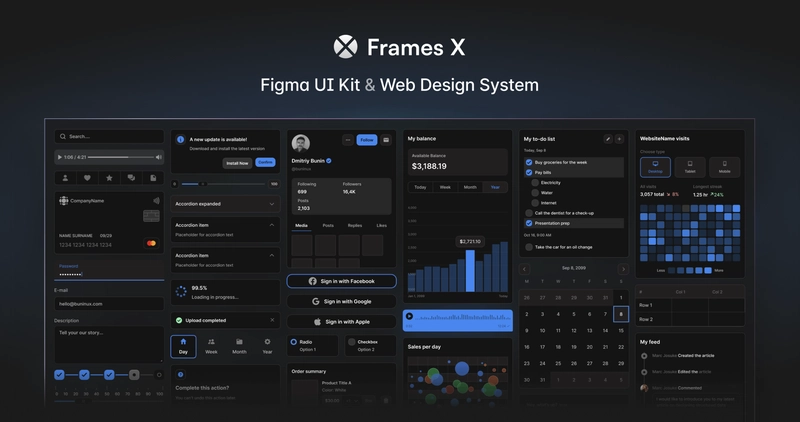Understanding Groups in Linux: How They Shape Access & Control in Real World
Introduction I’m continuing my 30-day Linux challenge as part of my preparation for the RHCSA exam and today’s topic connects directly to how Linux systems stay organized and secure Groups in Linux. In Linux, users don’t operate alone. Groups help shape who can access what and who can perform which actions. Understanding how groups work and how they connect to users is essential for anyone managing servers, securing systems or preparing for real-world IT environments. Today, I’ll walk you through the types of groups, how they control access, real-world examples and tips you will actually use. Index What are Groups in Linux Types of Groups How to View Group Information Common Group Management Commands Real World Examples Industry Insight Helpful Tips RHCSA Relevance Quick Summary

Introduction
I’m continuing my 30-day Linux challenge as part of my preparation for the RHCSA exam and today’s topic connects directly to how Linux systems stay organized and secure Groups in Linux.
In Linux, users don’t operate alone. Groups help shape who can access what and who can perform which actions.
Understanding how groups work and how they connect to users is essential for anyone managing servers, securing systems or preparing for real-world IT environments.
Today, I’ll walk you through the types of groups, how they control access, real-world examples and tips you will actually use.
Index
- What are Groups in Linux
- Types of Groups
- How to View Group Information
- Common Group Management Commands
- Real World Examples
- Industry Insight
- Helpful Tips
- RHCSA Relevance
- Quick Summary


































































































































































![[The AI Show Episode 143]: ChatGPT Revenue Surge, New AGI Timelines, Amazon’s AI Agent, Claude for Education, Model Context Protocol & LLMs Pass the Turing Test](https://www.marketingaiinstitute.com/hubfs/ep%20143%20cover.png)










































































































































































































































































_Muhammad_R._Fakhrurrozi_Alamy.jpg?width=1280&auto=webp&quality=80&disable=upscale#)
_NicoElNino_Alamy.jpg?width=1280&auto=webp&quality=80&disable=upscale#)















































































































![Apple Releases iOS 18.5 Beta 4 and iPadOS 18.5 Beta 4 [Download]](https://www.iclarified.com/images/news/97145/97145/97145-640.jpg)
![Apple Seeds watchOS 11.5 Beta 4 to Developers [Download]](https://www.iclarified.com/images/news/97147/97147/97147-640.jpg)
![Apple Seeds visionOS 2.5 Beta 4 to Developers [Download]](https://www.iclarified.com/images/news/97150/97150/97150-640.jpg)
![Apple Seeds tvOS 18.5 Beta 4 to Developers [Download]](https://www.iclarified.com/images/news/97153/97153/97153-640.jpg)

































































































